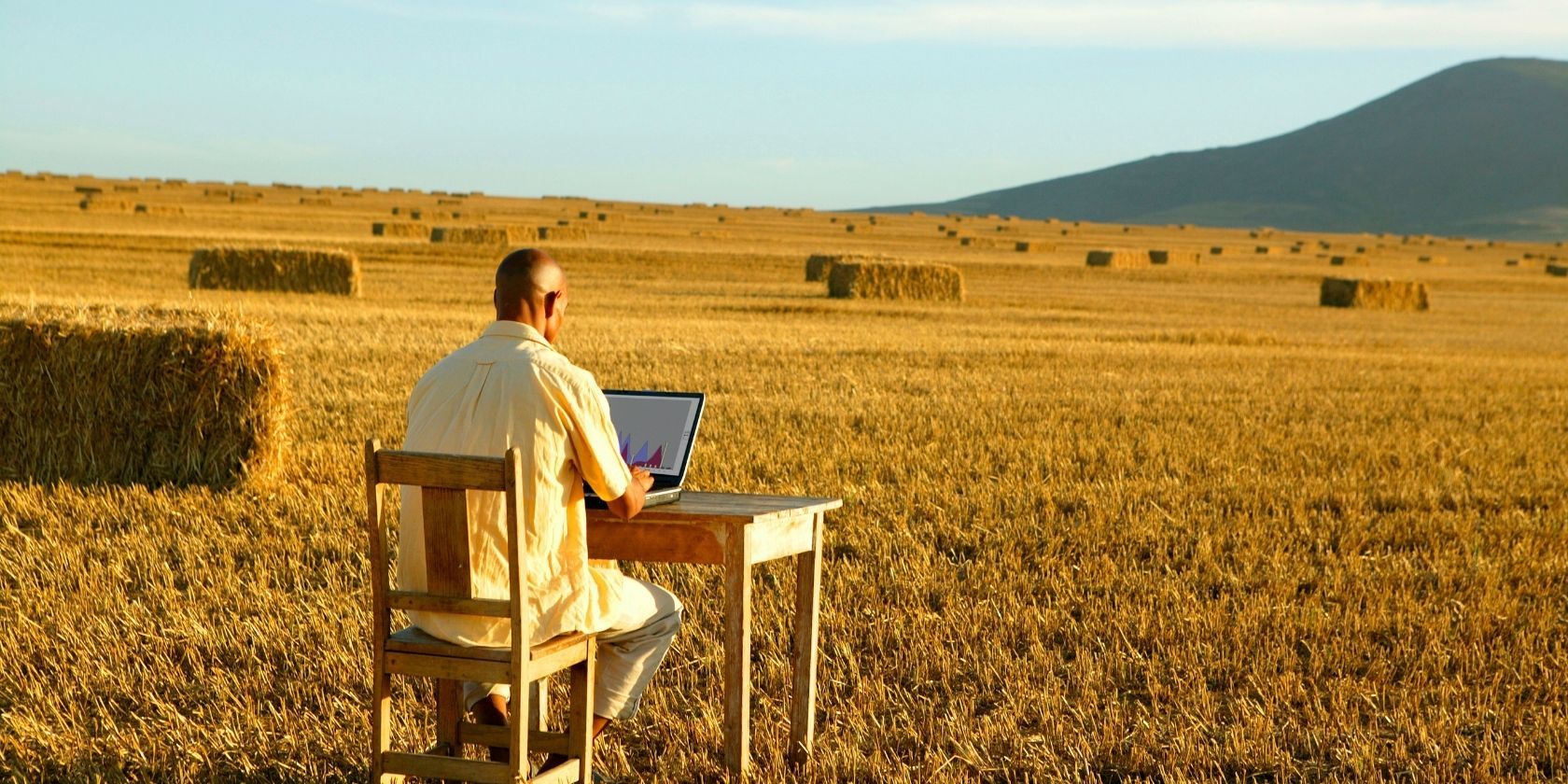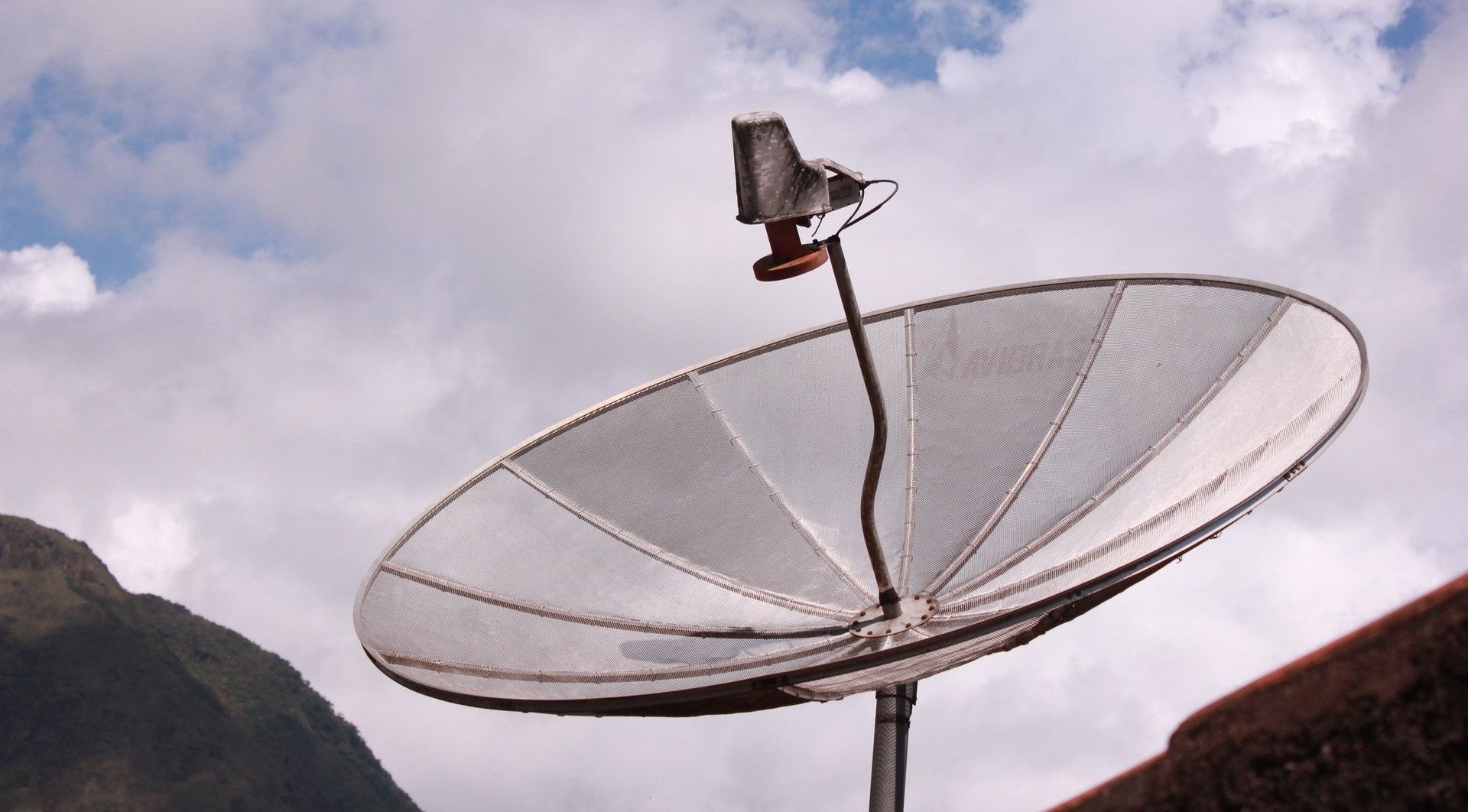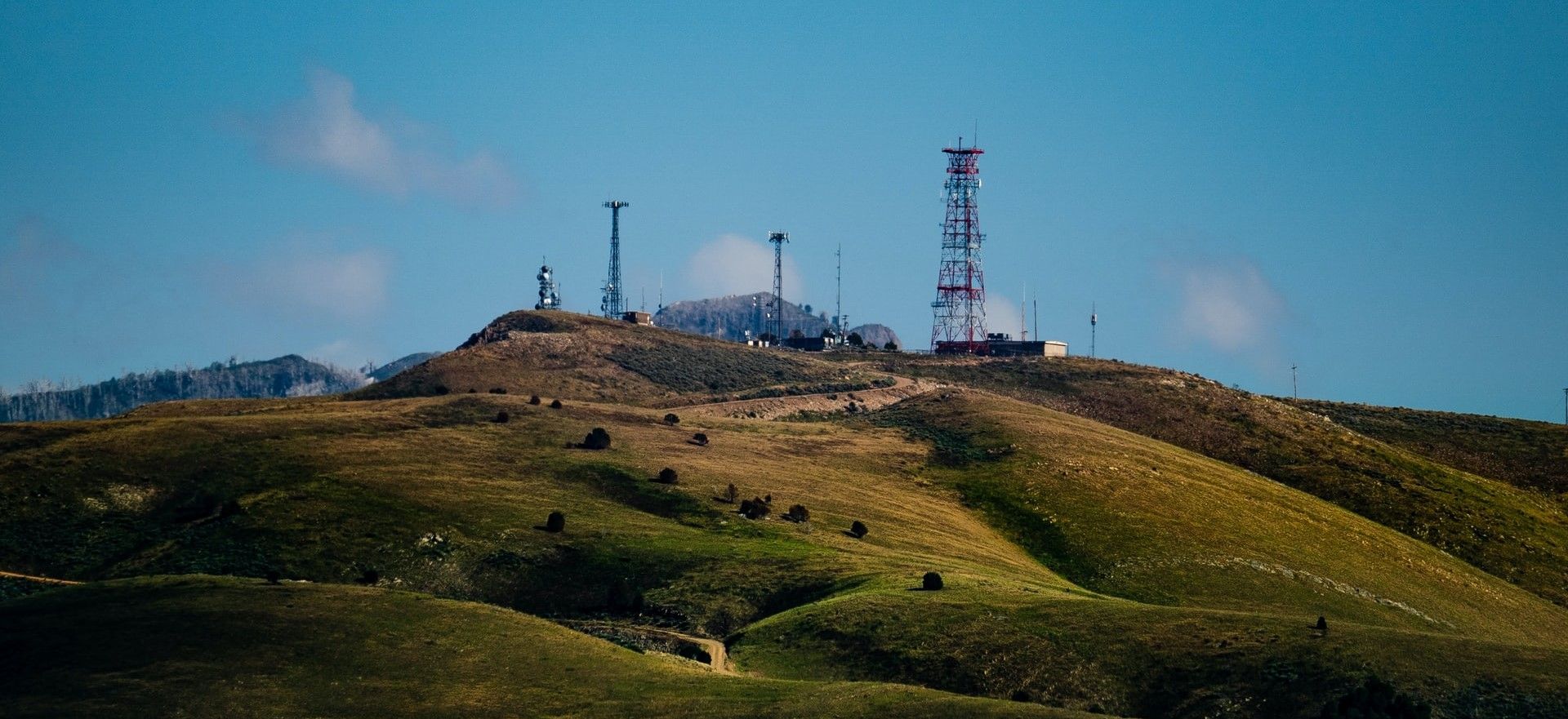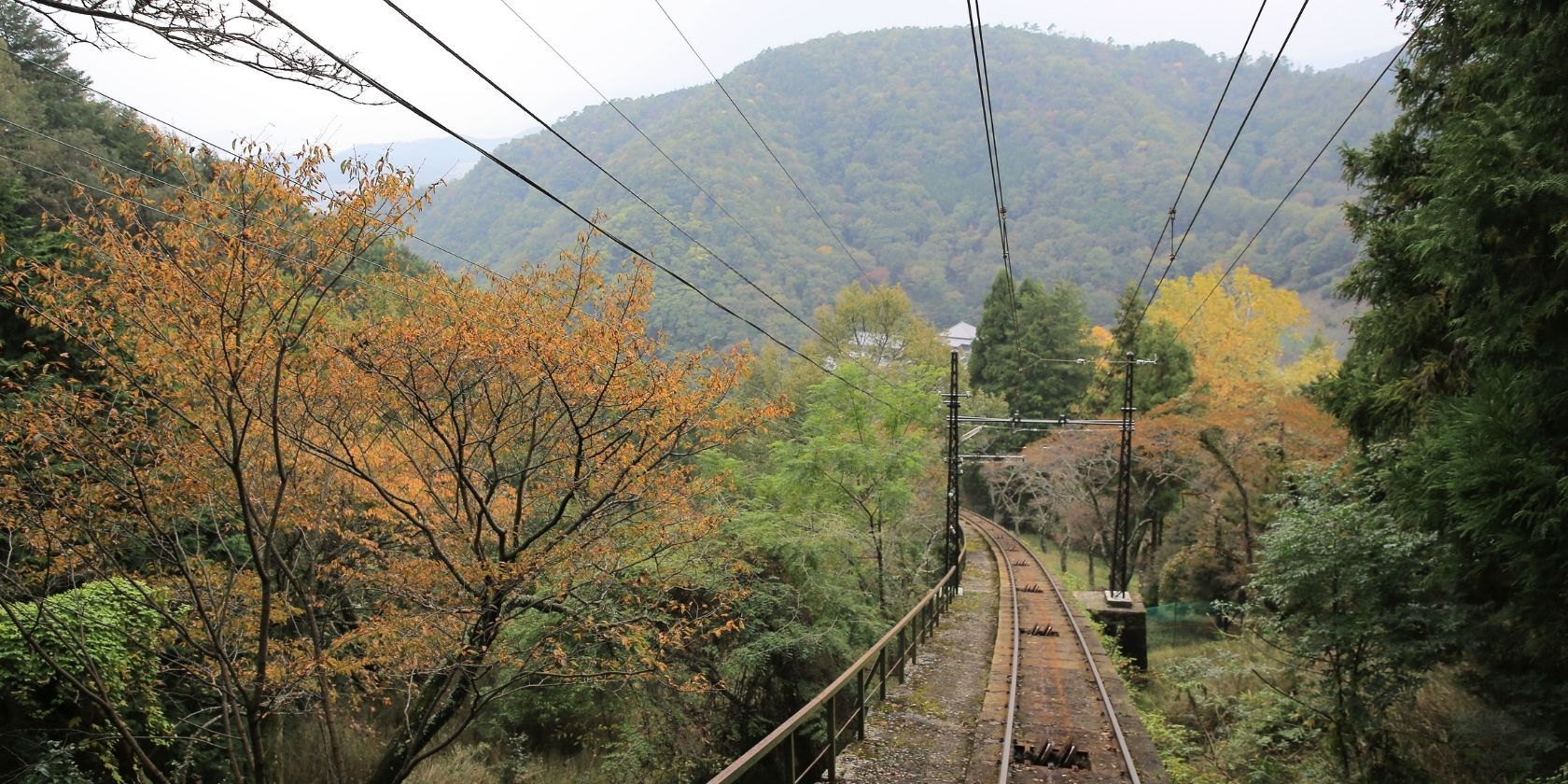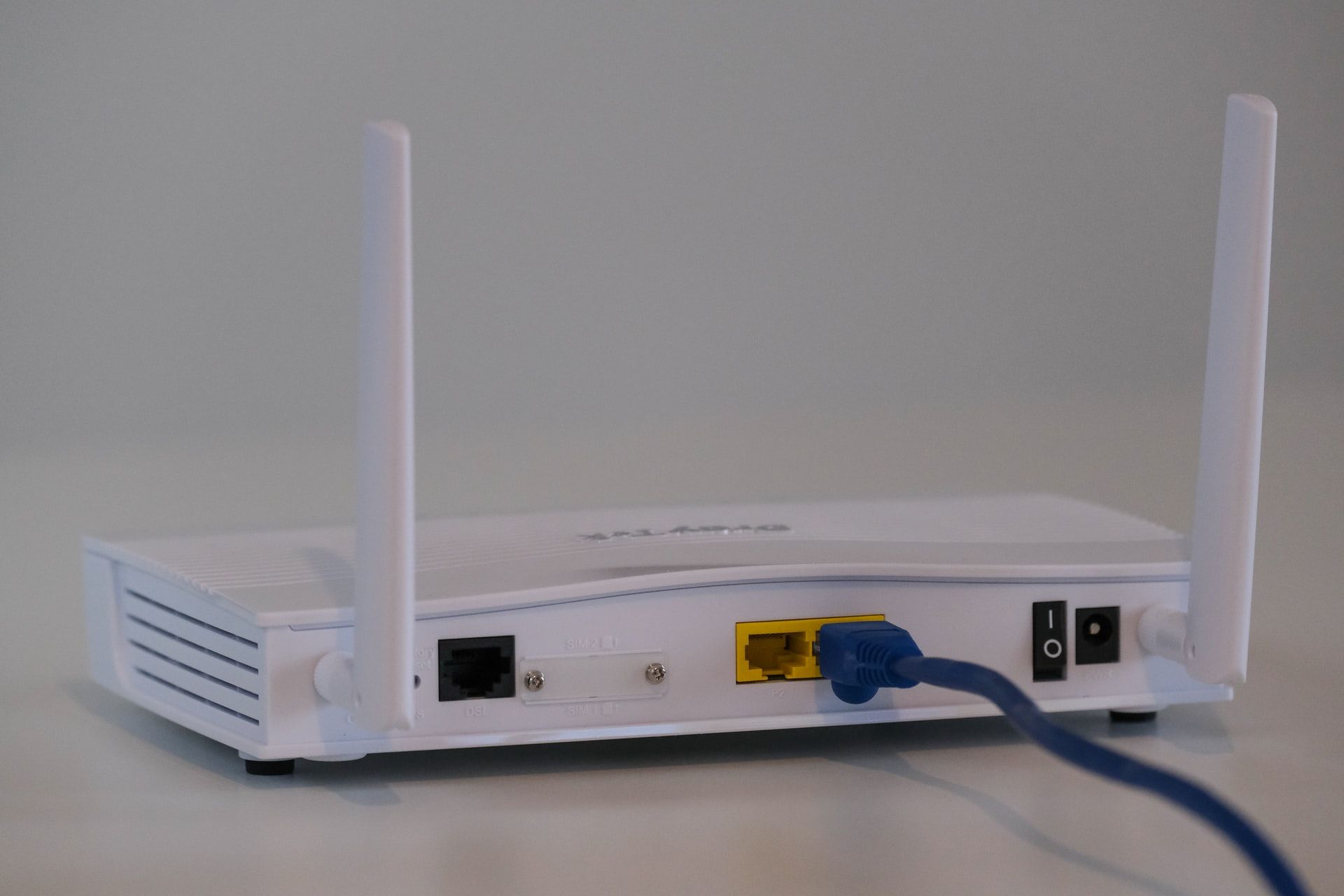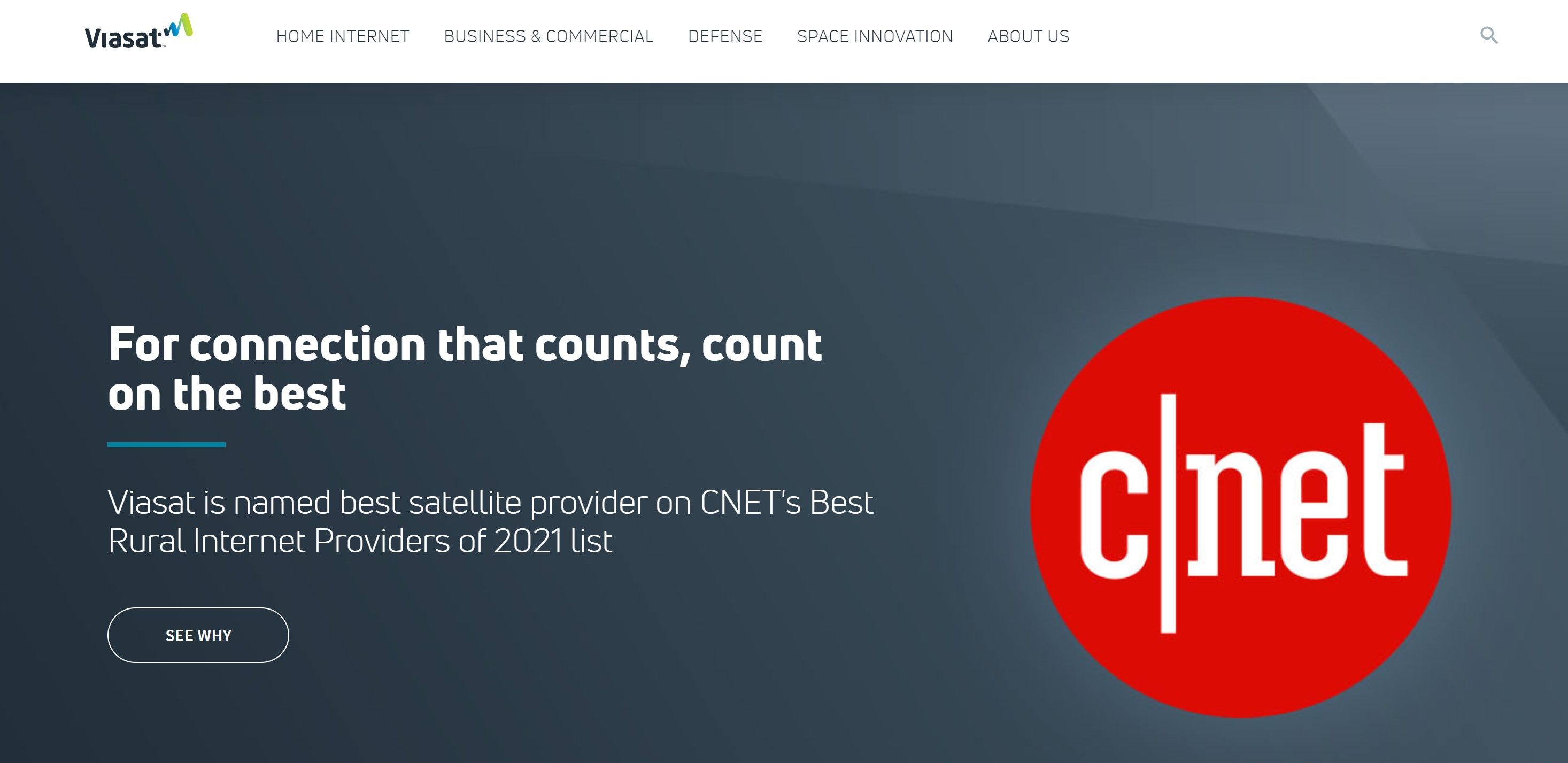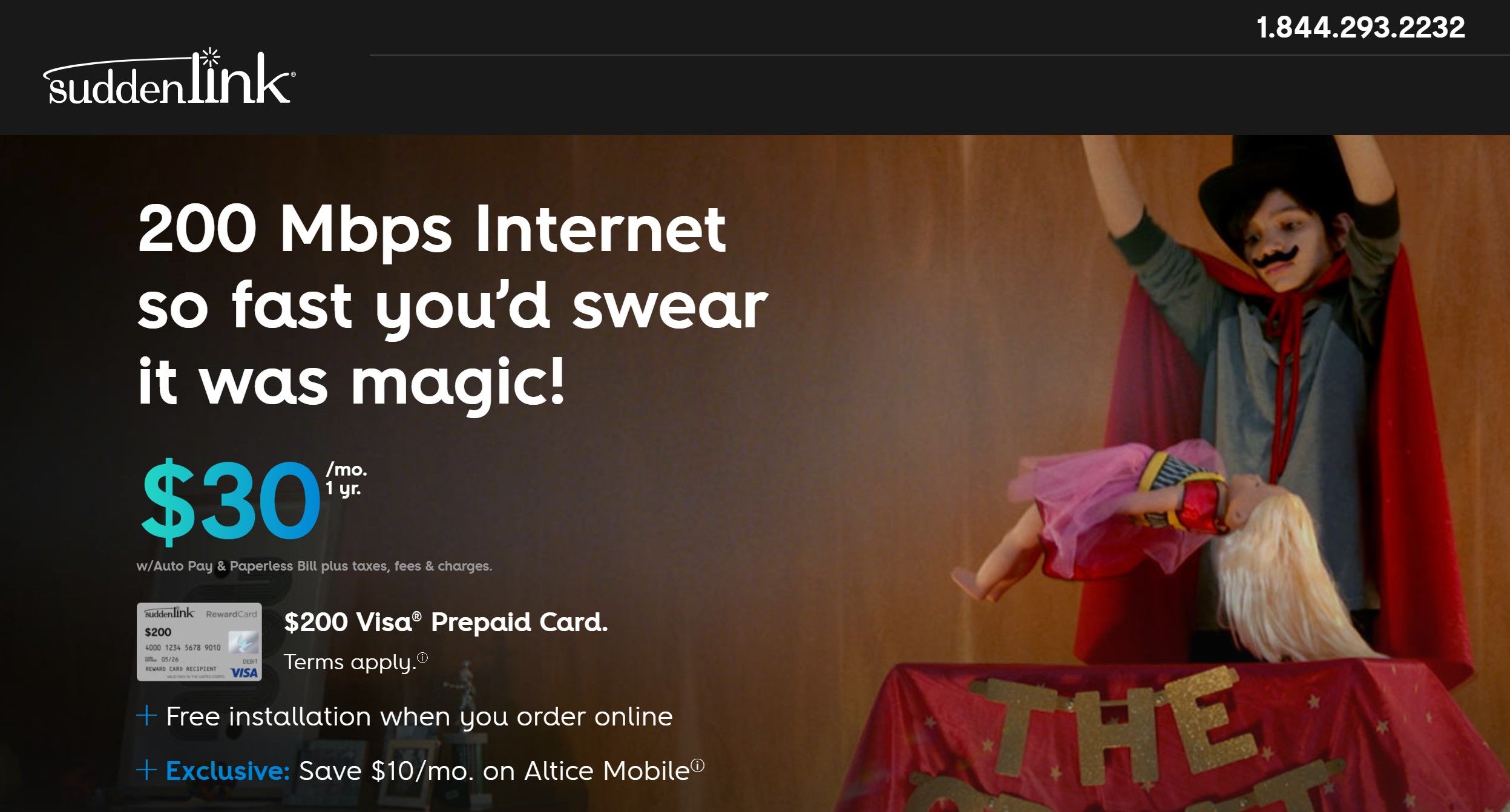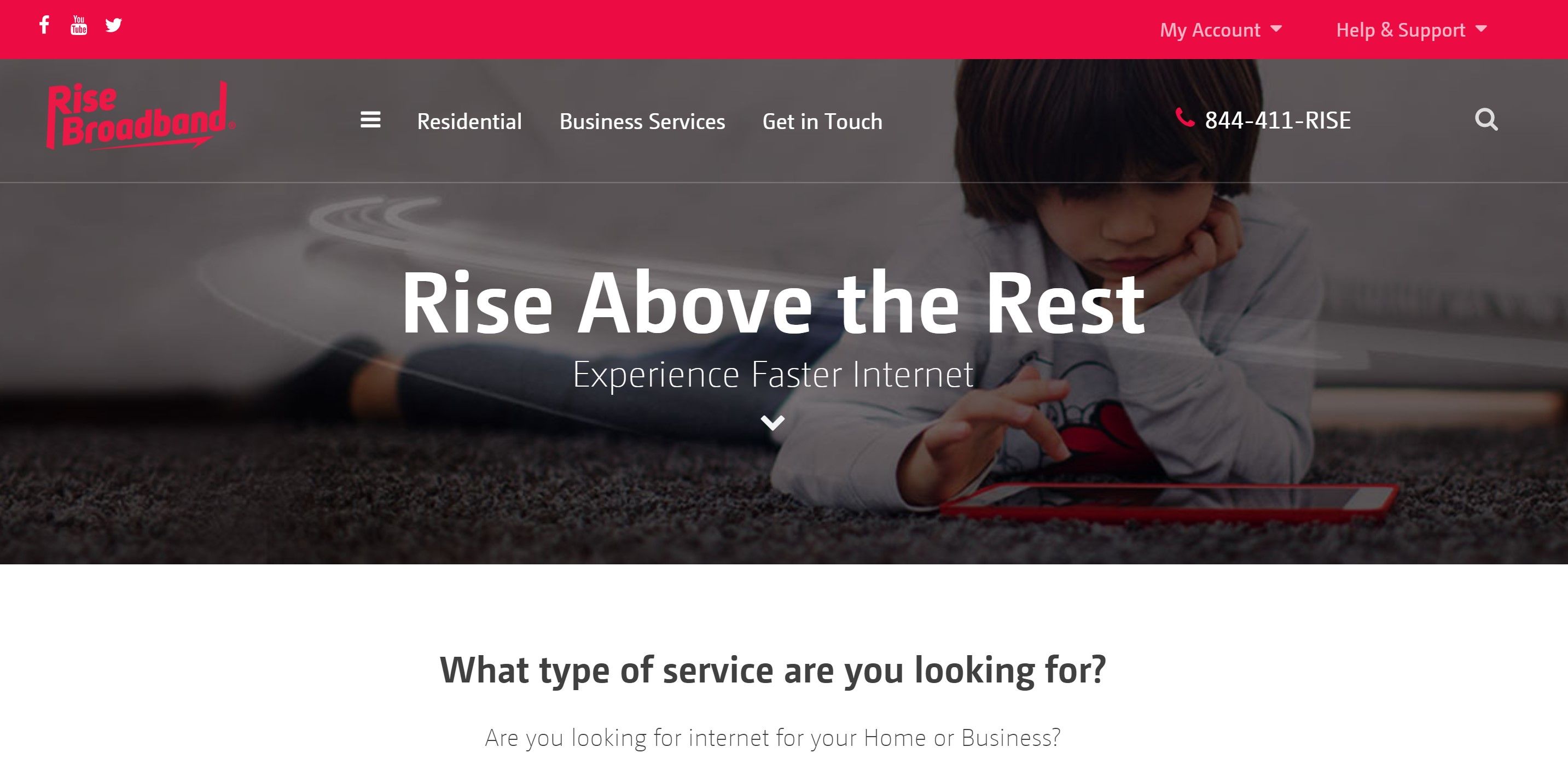Setting up internet in a rural area can be intimidating, especially when you don't know what options are available. Taking the time to understand the services offered by different providers will help you set up the right kind of connection for your rural home.
Here, you'll learn about the best internet alternatives for rural areas, and how to pick the service that's right for you.
The Best Internet Alternatives for Rural Areas
Just because you're not in a big city doesn't mean you can't get high-speed internet options. You just have to be willing to try out some alternative types of internet connections that you may not be familiar with.
Satellite Internet
Often one of the more expensive internet options in rural areas, satellite internet beams data from your internet provider up to a satellite. Then, that data gets beamed back down directly to your dish.
It works for rural areas where there isn't existing infrastructure to handle broadband internet. Essentially, this means that you can get satellite internet anywhere in the world as long as you have a dish.
Satellite internet can even produce impressive speeds of up to 100Mbps, making it faster than other options like DSL. But where satellite falters is the connection issues you might have. Running your internet through a wired service removes any chance for a connection to be blocked.
With satellite, if a large tree is in the way of your connection, you could have latency problems. This could result in laggy videos when streaming, as well as slow loading times.
Fixed Wireless Broadband Internet
Just like satellite, fixed wireless broadband internet doesn't require any wires to establish a connection. Your service is delivered over radio waves right to your home. This makes it an ideal choice for rural homes that lack the required infrastructure for other types of internet.
You can get fixed wireless internet service in a fraction of the time when compared to other types of internet connections. With fixed wireless internet, service providers simply need to install an antenna on your home.
Unfortunately, fixed wireless internet has the same connection problems as satellite internet. You'll need to try and keep the area around your connection free from any interference to get the best signal.
DSL Broadband
DSL (Digital Subscriber Line) can be a great internet choice for rural areas because it uses existing phone lines to carry a connection. DSL transmits data over copper lines used in telephone wires to provide an internet connection. This way, you don't need new infrastructure to make it work.
Phone lines that run to homes and businesses can be used with DSL. Because of this, implementing the service takes very little time.
It also means that DSL is more widely available when compared to any other internet service on this list. BroadbandNow claims that DSL has 90 percent coverage across the US. Plus, the cost can be significantly less than other providers.
The only problem is that speeds are slow and generally range between 128Kbps to 3Mbps due to long distances from the internet service provider's (ISP) central hub. The further away you are from the hub, the more inconsistent your connection.
Cable Broadband
As the name implies, cable broadband works by using the existing coaxial cables that help bring pictures and sound to your television.
So there doesn't need to be new infrastructure built if the cable lines are already established. This can be a problem for some rural areas that don't have widely accessible cable lines.
Cable broadband is faster than other types of internet, like DSL and satellite. Sharing the connection with a neighbor can cause speeds to decrease since everyone is using the same cable lines.
Mobile Hotspot Internet
If you have the ability to turn your mobile phone into a hotspot, you can quickly gain access to the internet without an ISP in your home.
Turning on your device's hotspot feature is quicker than any other method in this article, but rural areas don't always have the best mobile reception. A good reception is required to be able to turn on your hotspot.
Also, your speeds will drop dramatically compared to other services. You can expect to be running at 12 to 15Mbps, depending on how many people are using it and your reception strength.
Most mobile providers limit the amount of data to prevent network saturation. Running over your limits could add up in overage costs.
The Best Internet Service Providers for Rural Areas
Now that you're familiar with what types of internet are ideal for rural areas, we will look at the different ISPs that could help establish a connection for your home.
1. Viasat
Viasat is a satellite-based ISP with prices ranging from $30 to $150/month. The more speed and data you want, the more expensive the service will be.
For light internet activity, 12Mbps will do just fine. But if you need the internet for work purposes, you will want to upgrade to 100Mbps. Since satellite providers often cap your data usage, you have an option between 12 to 300Gb/month.
You can get Viasat anywhere in the nation, but there is an equipment leasing fee that you'll pay monthly in order to get a connection—this will cost you $9.99/month.
2. CenturyLink
Century Link is a DSL-based broadband connection that uses your existing phone line to bring the internet to your area.
It makes pricing easy at a flat $49/month. The best part is that you get locked into this price for as long as you continue with its service. Most of the time, other providers lock you into a contract and then raise your payments over the length of your contract.
With CenturyLink, you can get speeds anywhere from 20 to 100 Mbps. However, the higher speeds might not be available in all rural areas.
Other internet providers, like satellite, offer low data limits—but that's where DSL shines. CenturyLink is able to offer an impressive 1TB of data so you can stream and download to your heart's content and still not hit your limit.
CenturyLink is currently available in 36 different states and is starting to offer plans with 1000Mbps speeds. These plans might not reach rural areas immediately.
3. SuddenLink
Suddenlink is only available in 19 states, mostly covering customers in Texas, Louisiana, and West Virginia. If this provider is available in your area, you might want to jump on the opportunity. Speeds start at 100Mbps and go up to 1000Mbps depending on your location.
Like CenturyLink, if you purchase a 1000Mbps plan with Suddenlink, your price is locked in for life as long as you remain a good-standing customer. Prices start at $34.99/month and go up to $70/month.
There are no data caps for Suddenlink, so it's a better option than satellite if you are given a choice.
4. Rise Broadband
Rise Broadband might be your best bet for a fixed wireless internet option in a rural area. However, that doesn't necessarily mean it's the best choice if you have other available options.
Speeds only go up to 25Mbps, as there is only one plan available through Rise Broadband. That plan is $49.95/month, which might seem a bit steep for only 25Mbps. But on the bright side, you do get unlimited data with the plan.
That means you can stream and download as much as you want without having to worry about hitting a limit.
Getting Internet in Rural Areas
Knowing which type of internet options are available in your area, and which ones give you the best online experience is key to picking your provider. Once you know what options are available in your area, it's much easier to decide which service is right for you.

